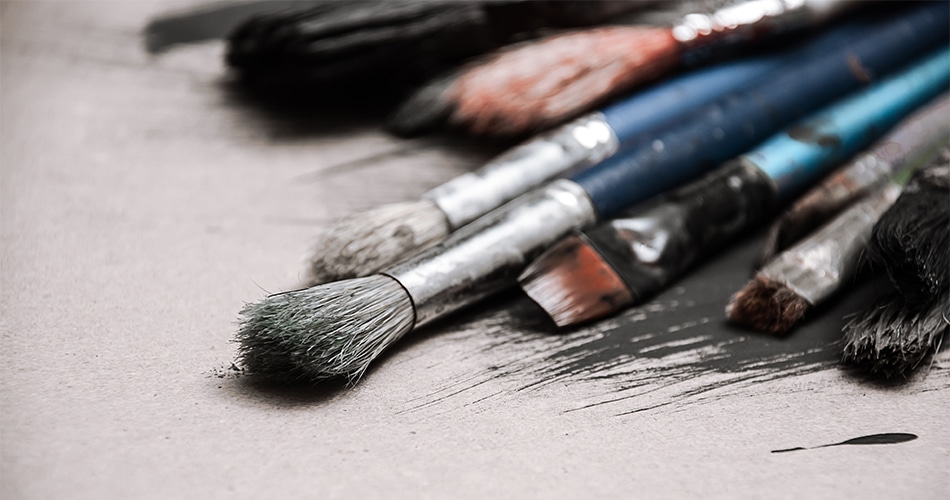
The value of a work of art is highly dependent upon its authenticity, and a spectroscopic technique could allow for a new non-destructive way to confirm a painting’s authenticity, according to a new paper published in the Journal of Physical Chemistry.
The technique involves viewing paint pigments in the terahertz part of the electromagnetic spectrum, which sits between the red end of visible light and much longer radio waves.
Objects can appear very different when imaged in the terahertz range of the spectrum. Some materials that are transparent in visible light, for instance, are opaque in terahertz light. Alternatively, things that visible light cannot pass through, like black plastic, easily transmit terahertz light.
“Intriguingly, two objects that have the same colour when viewed by the unassisted eye may transmit terahertz radiation differently,” study author Roger Lewis, an engineering and information sciences researcher at the University of Wollongong in Australia, wrote on The Conversation. “So their terahertz signal can be used to tell them apart.”
In the new study, researchers applied terahertz spectroscopy to tell the difference among three affiliated pigments. All originate from a group of chemical compounds known as quinacridones and are popular for making stable, reproducible pigments in a wide range of colours.
After the pigments were scanned the range of 1THz to 10THz, researchers as Syracuse University in the United States used numerical models to recreate the experimental data and offer clues about the qualities observed via spectroscopy.
According to the international team’s report, they were able to show that terahertz spectroscopy can indeed be used to differentiate three individual quinacridones.
In his article, Lewis noted that terahertz spectroscopy could easily be used to identify fraudulent paintings. A spectrometer would simply shine terahertz light on the painting and assess any radiation that is transmitted back. Unlike some conventional authentication tests that call for removing and consuming some material via chemical reaction or incineration, terahertz spectroscopy would completely preserve the artwork it is testing, as low energy, low density terahertz radiation is incapable of damaging the typical painting.
All of this makes terahertz spectroscopy ideal for analyzing paintings, and mobile spectrometers would allow for tests to be conducted in a gallery, home, or almost anywhere else a painting might be located.
To test for authenticity, Lewis said, a terahertz spectroscopy might be used to look for pigments that shouldn’t be there.
“Let’s say terahertz spectroscopy picks up a quinacridone pigment in a painting,” he wrote. “Quinacridone is an artificial material that was first synthesised in 1935, so the painting must date from 1935 or later.
“Any claim that the painting is a work by Leonardo da Vinci (who died in 1519), Vincent van Gogh (died 1890) or Claude Monet (died 1926) could therefore be dismissed,” Lewis added. “Any claim the work was by an artist who worked after 1935 could not be so easily disproved on this basis.”
Incidentally, the authenticity of paintings can also be confirmed using other parts of the electromagnetic spectrum, with light above the blue end of the visible spectrum being commonly used.
In addition to using a physical examination, there are many other methods that art sleuths use to confirm the authenticity of a painting. For instance, records of sales may supply key data, as well as a detailed evaluation of the painter's style by an art historian.
As for terahertz spectroscopy, it also has a number of other potential applications. One study used the technique to assess burn injuries in a non-invasive way. Another study has used the technique to track water uptake in plants, which could have massive agricultural implications.
Source: Terahertz Spectroscopy: the new tool to help art fraud
Image Credit: Shutterstock.com/VasilevEvgenii
Disclaimer: The views expressed here are those of the author expressed in their private capacity and do not necessarily represent the views of AZoM.com Limited T/A AZoNetwork the owner and operator of this website. This disclaimer forms part of the Terms and conditions of use of this website.